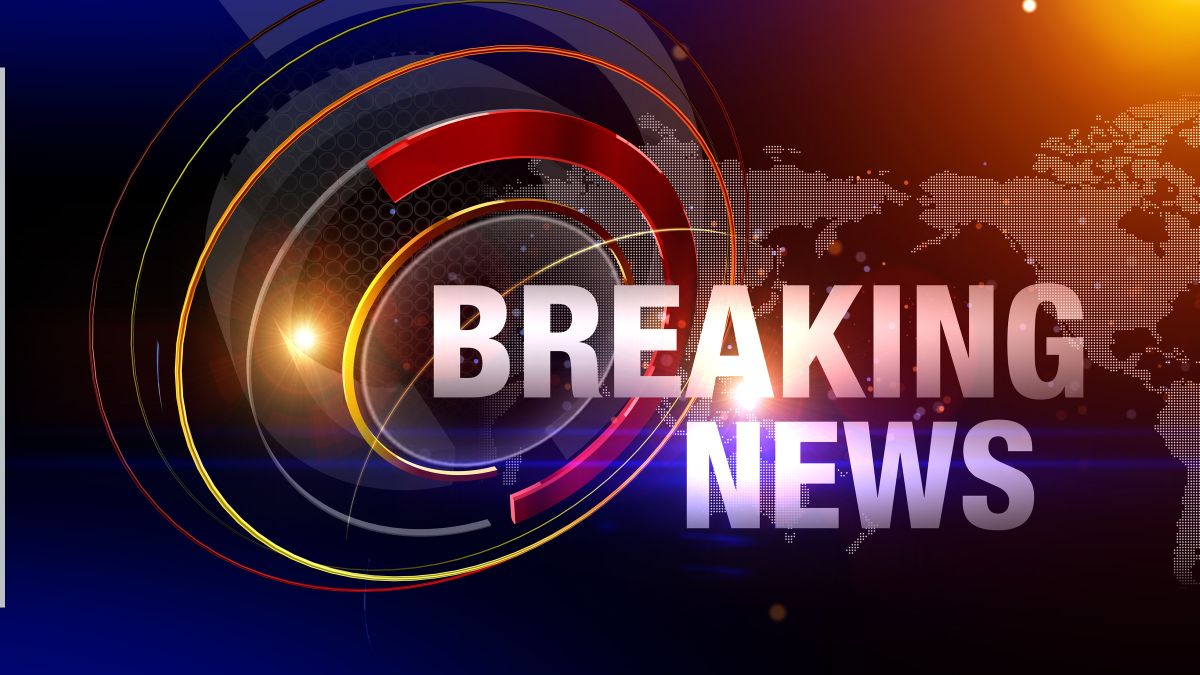Hiring in the United States slowed slightly in May, reflecting growing caution among businesses facing uncertainty over President Donald Trump’s evolving tariff policies. While the job market remains resilient, the pace of hiring eased as companies weighed the long-term implications of global trade tensions.
Chicago Police Officer, 36, Tragically Killed in the Line of Duty While on Patrol
According to the latest data from the U.S. Bureau of Labor Statistics, the economy added 139,000 jobs in May—below April’s gain of 177,000, but still surpassing economists’ expectations. The unemployment rate remained steady at a historically low 4.2%, indicating continued strength in the labor market.
Although May’s job gains fell short of the 12-month average of 149,000, the numbers suggest that the labor market is holding steady, even as tariff-related uncertainty clouds the broader economic outlook. Trade tensions—particularly between the U.S. and China—have prompted many businesses to adopt a wait-and-see approach before committing to long-term hiring.
Government Jobs Decline Amid Streamlining Efforts
One of the most notable job losses occurred in the federal government, which shed 22,000 jobs in May, contributing to a total loss of 59,000 federal positions since January. The cuts are largely attributed to the Trump administration’s Department of Government Innovation (DoGI) initiative—an effort to reduce federal spending by trimming the size of the workforce, especially in non-essential roles.
This downsizing has introduced further uncertainty into the employment landscape, especially as government spending is a key pillar of economic stability.
Trade Deals Offer Mixed Relief
On the international front, a May trade agreement between the U.S. and China offered a brief reprieve from escalating trade tensions. The deal, which included reductions in retaliatory tariffs, sparked optimism in financial markets and softened recession forecasts from Wall Street analysts. It marked a potential turning point in a years-long trade war between the two economic superpowers.
In addition, President Trump announced the reversal of several prior tariffs, dubbed the “Liberation Day Tariffs,” which eased duties on imports from dozens of countries. Tariffs on automobiles, and some goods from Mexico and Canada, were also lifted.
Despite these policy shifts, the U.S. still maintains a 10% across-the-board tariff on most imports, with exceptions for items like semiconductors and pharmaceuticals. High-profile tariffs on steel, aluminum, and automobiles remain, and Chinese exports to the U.S. are still subject to a 30% tariff, continuing to pressure companies reliant on global supply chains.
Business Concerns and Consumer Spending at Risk
Major corporations including Pepsi and Goldman Sachs have warned of potential losses tied to ongoing trade uncertainty. Retail giants like Walmart and Best Buy have also raised concerns, noting that import tariffs raise costs that are often passed on to consumers. This could dampen consumer spending, which accounts for nearly two-thirds of U.S. economic activity.
Sluggish consumer spending could, in turn, challenge businesses’ ability to maintain revenue and limit their capacity to expand or hire—especially in industries directly affected by global trade dynamics.
Economic Indicators Remain Resilient
Despite these headwinds, the U.S. economy continues to show resilience. The unemployment rate remains low, and inflation has cooled to its lowest levels since 2021. These factors have helped offset the drag from trade-related anxieties and contributed to a broader sense of economic stability.
The Organization for Economic Cooperation and Development (OECD) recently released a forecast projecting continued, albeit slower, growth for the U.S. economy through 2025 and 2026. This cautious optimism reflects an environment where businesses and consumers remain alert to ongoing trade disputes and global instability.
Looking Ahead: Trade Talks and Economic Strategy
The coming months will be pivotal. Ongoing negotiations with China and other key trade partners will shape the direction of U.S. economic policy and business strategy. While current indicators point to resilience, persistent uncertainty around tariffs may continue to restrain hiring, particularly in sectors closely tied to international trade.
For now, the U.S. labor market remains strong, and the broader economy appears stable. However, May’s slower job growth and lingering concerns over trade policy signal the need for caution. As businesses navigate the complexities of global trade, they must balance hiring needs with shifting market dynamics.
Ultimately, the economy’s ability to weather tariff-related pressures will hinge on resolving global trade disputes and maintaining consumer confidence. With President Trump continuing to reshape his administration’s trade stance, the coming months will prove critical in determining the full impact on growth, employment, and long-term economic health.

